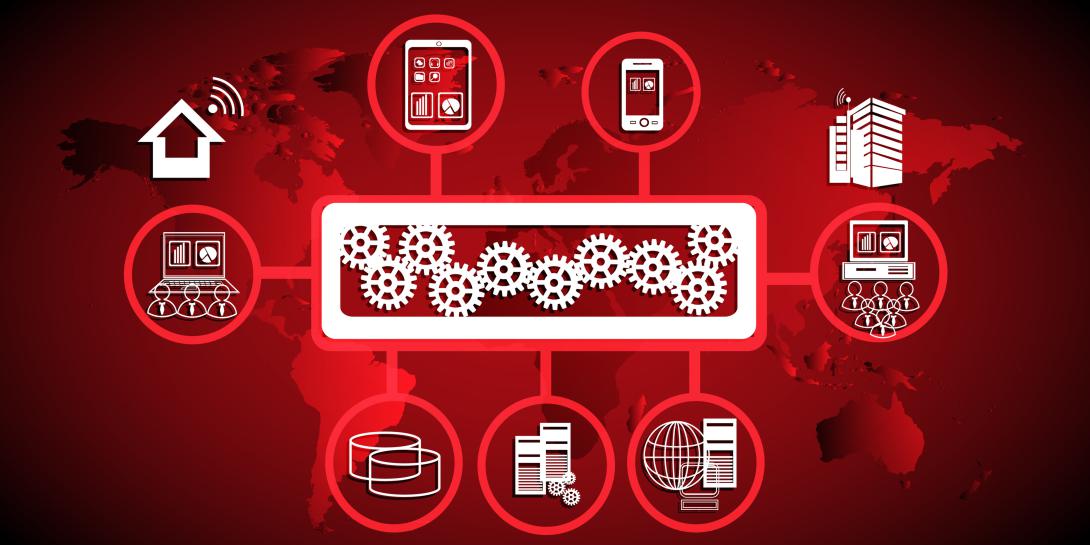Helping DOD Agencies Move to New Tech
Cybersecurity in the federal government, especially for the Department of Defense, is a complex dance between agencies and commercial partners. To get things right, companies working with the government need to be adaptable and resilient in helping government customers meet their mission goals, said Dana Barnes, senior vice president of public sector at Palo Alto Networks.
Government systems are complex and are usually understaffed when it comes to administrative and cybersecurity personnel. To meet its needs, the DOD is moving to an enterprise IT as a service model, allowing it to address manpower challenges while extending its network out to warfighters at the tactical edge, Barnes told SIGNAL Magazine senior editor Kimberly Underwood during a SIGNAL Executive Video Series discussion.
Managing legacy equipment is another challenge the DOD faces. The military can work with industry to provide a trusted supply chain to keep these systems running, he said. Barnes added that the Army and Air Force have ongoing enterprise IT as a service projects underway and that the Navy and Marine Corps are also looking into the possibility of launching similar efforts.
Companies like Palo Alto can help the services set up and manage such projects. “It’s really about creating large data lakes that allow us to watch patterns and behaviors. And we can leverage artificial intelligence and machine learning to make our environments more secure,” Barnes said.
Part of this process involves the government partnering with companies that can provide a holistic view of the enterprise both “from the outside in as well as from the inside out.”
Such partnerships are showing success in network modernization, 5G wireless implementation and zero-trust architecture.
Regarding network modernization, Barnes notes that the DOD is focusing on future conflicts where cyber operations will be the core of every activity. This requires updating enterprise and tactical networks and the Army and Air Force already have data-sharing and secure access initiatives underway in this area.
Another area the DOD is actively developing is 5G network connectivity, which offers the ability to create secure ad-hoc networks. This is useful at the tactical level because it lets the military run small cell network on bases and campuses.
But 5G also introduces new potential threat vectors for cyber attack, so Palo Alto is working with several DOD agencies on 5G security pilot programs using zero trust architecture. “As we start to use these things, we’re helping the DOD learn about how to leverage 5G network in a secure manner,” he said.





Comments